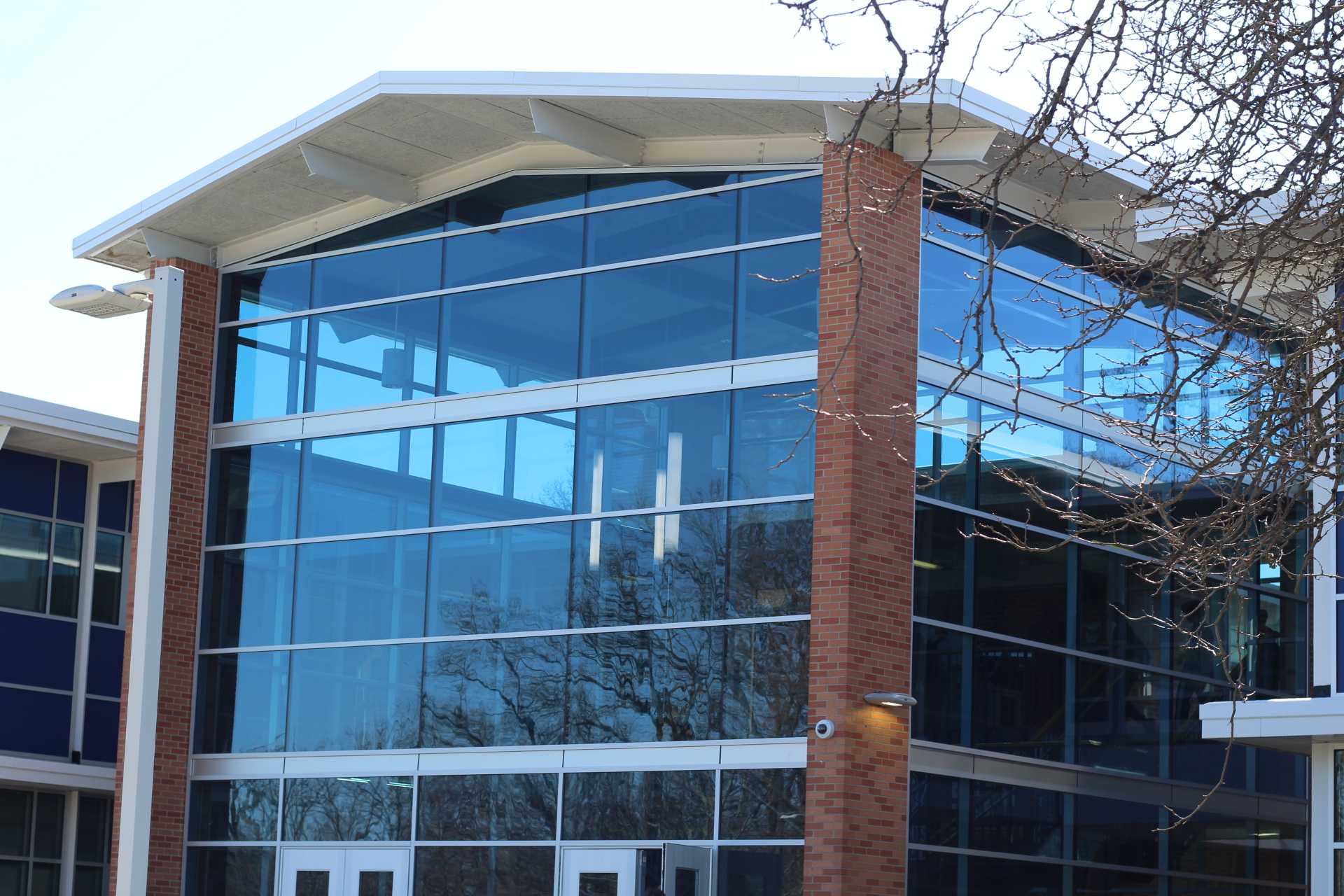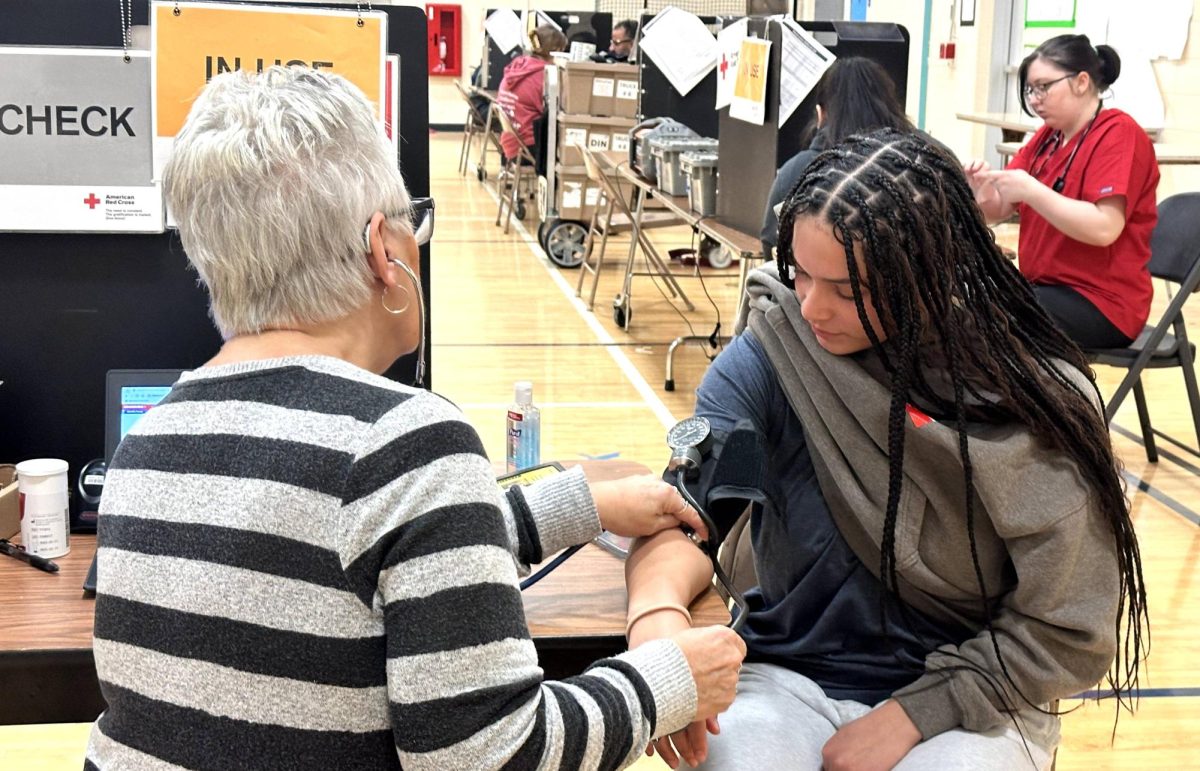
With each passing year, the fiscal budget for the federal government, or the amount of money the government plans to spend in a year, is adjusted by the president of the United States in order to better balance and distribute the funds of the federal government. While the president creates the budget, it is only a proposition and must be approved by Congress.
Beginning October 1st, 2019 and ending September 30th, 2020, President Trump’s federal budget for the 2020 fiscal budget has proposed cuts to the funding of 13 departments and programs. Budget cuts are common under more conservative leaders like President Trump. As in years past, the budget calls for a cut to the Department of Education. However, this year’s cut amounts to 8.5 billion dollars, a 12% decrease from last year’s proposed budget to be exact.
According to the White House’s “A Budget for a Better America” document outlining the proposed budget, “The Budget eliminates funding for 29 discretionary programs that do not address national needs, duplicate other programs, are ineffective, are poorly targeted, or are more appropriately supported by State, local, or private funds.”
Put simply, the budget is cutting or eliminating funding for education programs that are seen as too expensive or unimportant, or that the president and his advisors think shouldn’t be supported by the federal government. These programs include the 21st Century Community Learning Centers, which are community centers established to help students grow academically during non-school hours, Federal Supplemental Educational Opportunity Grants, which provide additional funds to undergraduate students in college, along with other programs. These cuts alone make up $6.7 billion of the proposed $8.5 billion worth of cuts. The elimination of these programs will partially or even totally cut the assistance many students get from the public school system, effectively leaving behind many students who rely on the programs.
A large concern from many people comes from the elimination of Title II funding, which uses $2.1 billion a year to provide grants for training and professional development of teachers and administrators in order to improve student achievement and the classroom environment as a whole.
While it seems like the education system will only suffer, there are many new funding plans to increase government spending on the Department of Education that will not only affect K-12 education, but also post-education workforce funding.
Just in K-12, at least $38.2 billion has been proposed for a number of programs. One such program is Title I grants, which offer grants to K-12 schools with a higher percentage of low-income students in order to better assist the students on meeting typically difficult to reach academic goals.
“The Budget invests $15.9 billion in Title I grants, maintaining a historic level of funding for a program that provides critically-important support to students in high-poverty schools,” said “A Budget for a Better America.”
Another area that the budget looks to improve upon is teacher choice in professional development.
According to Education Dive’s Linda Jacobson, “The administration also wants to extend its emphasis on choice to teachers and is requesting $300 million for the Education Innovation and Research program.”
This means that despite cutting funding for Title II grants for teacher training and improvement, professional development is still a concern of the national government and will still receive funding if the budget is approved, though to a much smaller degree, meaning teachers will likely be heavily affected by this change and not get the vital training they need.
The world of higher education remains largely unchanged, with most of the emphasis from the budget being on the $1.8 billion for Federal Student Aid and simplifying the student loan payments.
The Budget also outlines the idea of simplifying student loan payments. Currently, there are a multitude of separate payment plans that allow individuals to pay off student debt directly from their paycheck, similar to taxes. The new budget proposes the idea of bundling the payment methods together in order to simplify paying off the loans by eliminating the confusion behind choosing a specific one-method payment plan.
This would put forward a simple, straightforward process for paying off student loans based on income, taking 12.5% of an individual’s paycheck after taxes until an agreed upon date or the loans are paid in full, whichever comes first.
The post-education workforce is also a concern of the federal government, who plan to invest $1.5 billion into technical and science careers, with a large amount of funding going to women and minorities in order to create opportunities in fields they are largely absent in.
Overall, the education budget is very obviously a conservative one that attempts to cut costs where the administration sees fit, but it is not entirely based on cuts. Plenty of opportunities are being created and many systems are being improved in order to improve the education system as well. How this budget could affect students and parents remains to be seen, though hopefully if approved, it will secure an effective budget for a better America.
Subscribe to the Newsletter

Lucy Langerveld, Staff Writer • April 16, 2024
2023 was dubbed by mainstream media as the “Year of The Girl”: the "Barbie" movie dominated movie theaters and powerhouse pop artists like...

Faye Radley, Guest Writer • April 15, 2024
It was the middle a weekend afternoon and Torin Radley, a teenage artist, was excited about making a new "Dungeons and Dragons" character. Radley...

Elli Kastner, Guest Writer • April 12, 2024
As you shuffle into class for an important assignment, your non-dominant hand begins to rhythmically tap the golden-brown wood of your desk while...
President Trump Proposes Cuts to the Education Budget
Brandon Schnurr, Web Editor
April 28, 2019
Leave a Comment
More to Discover
About the Contributors

Brandon Schnurr, Web Editor
My name is Brandon Schnurr, and I've been with Knight Life going on three years. I started in the 2017-2018 school year as the News Editor of Knight Life, and continued into the 2018-2019 year as Web Editor, a position I still hold in the 2019-2020 school year as we move to a more web based platform. Besides Knight Life, I am also a member of the Loy Norrix Chapter of the National Honor Society. Some of my hobbies include video games, playing guitar, and singing.

Lucas Figueroa, Assistant Photo Editor
I am a junior at Loy Norrix High School. I really have a passion for writing that is why I enjoy this class.













